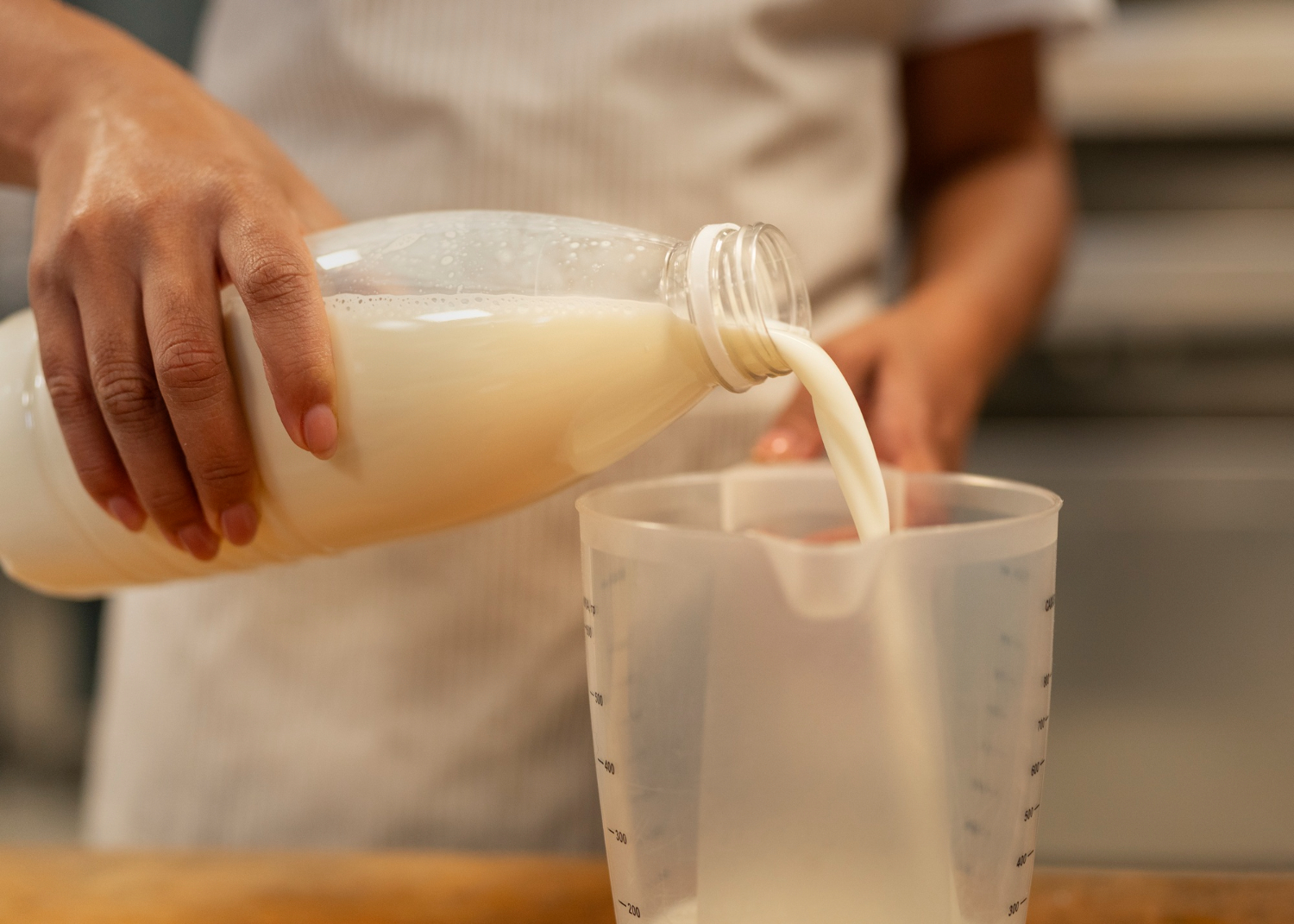
Milk and milk products provide great nutritional benefits. But milk that has not been pasteurized can harbor dangerous microorganisms that can pose serious health risks to you and your family if consumed raw. Current consumer preferences are towards natural food products with a minimum of processing, preservatives or additives. However, one of these preferences, raw milk, creates ongoing issues for regulatory authorities in many countries around the world. As each food industries strives to satisfy consumer demand with appropriate products, it must keep in mind responsibility for ensuring food safety.
While it is possible to get foodborne illnesses from many different foods, raw milk is one of the riskiest of all. Getting sick from raw milk can mean many days of diarrhea, stomach cramping, and vomiting. Some people who drank raw milk have developed severe or even life-threatening diseases, including Guillain-Barre syndrome, which can cause paralysis, and hemolytic uremic syndrome, which can result in kidney failure, stroke, and even death.
For certain products such as fresh produce, this means staying up to date with risk assessments for new foodborne disease (FBD) pathogen prevalence and methods for controlling contamination. In the case of fresh produce, processors need to be aware of sources of contamination that include worker hygiene and irrigation water in combination with routine microbial monitoring of processing plants to deliver a safe product.
The risks of FBD contamination are too high, as is often the case with raw milk. For this reason, food safety legislation frequently fails to adhere to the standards on the side of caution and bans or severely restricts its availability.
Raw milk, which is milk that has not undergone pasteurization to reduce harmful pathogens before reaching the consumer, is a fertile growth medium for microbes. And it is often consumed without further processing, meaning that unless the consumer heats or cooks with the milk, FBD pathogens remain viable and therefore infectious.
As a significant source of pathogenic organisms, raw milk is therefore subject to a battery of microbial testing protocols aimed at protecting consumer safety. Contamination occurs from the environment, breakdowns in worker and animal hygiene, and animal illness as well as during processing or storage. With interest in raw milk rising among consumers, and a predicted increase in FBD associated with its consumption, food safety laboratories, regulatory bodies and officials need to stay up-to-date with testing strategies and disease emergence. As a result, reliance on non-culture-based molecular testing for faster screening could increase so that authorities can identify and act faster when FBD outbreaks due to raw milk occur. Food safety officials also have a duty to inform consumers about the product, especially where it can be hazardous to vulnerable populations such as the very young or elderly, pregnant women, etc.
Unleash Your Potential: Elevate Your Abilities with Our Assessments.